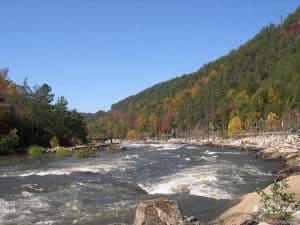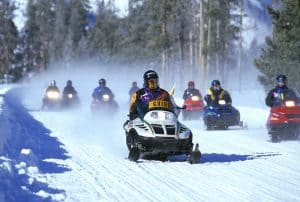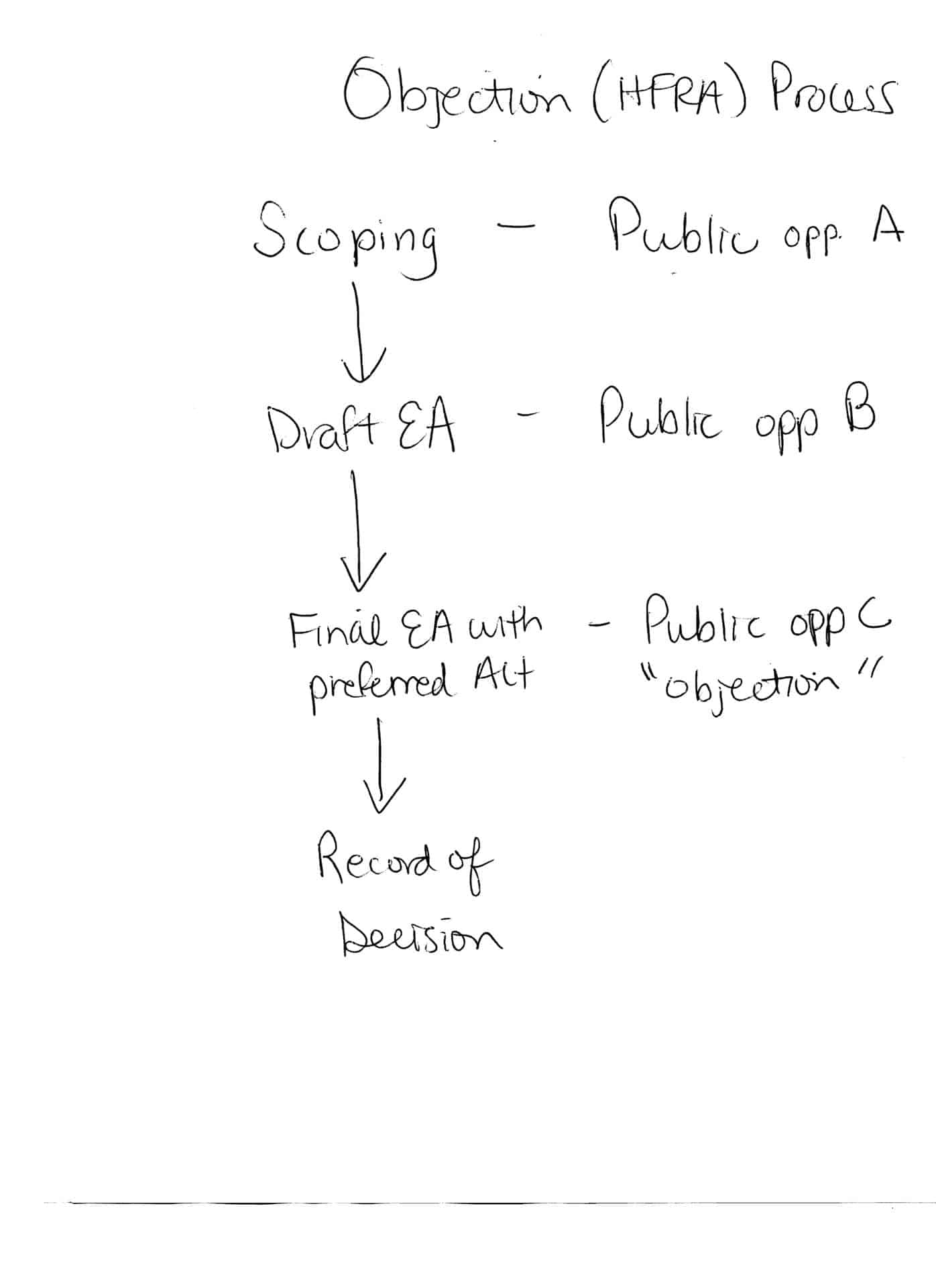Plaintiff environmental groups expressed concerns from the beginning of the Dinkey Project about the effects on water quality because of erosion caused by previous nearby timber projects in similar terrain. After the Forest released the draft EA on the Project it also released a monitoring and evaluation report that revealed the erosion problems caused by the earlier projects and included recommended mitigation measures. The EA and Decision Notice for the Dinkey Project failed to acknowledge this information and relied on mitigation measures that had failed in the earlier projects. The complaint alleges violations of NEPA and also NFMA because the Project would be inconsistent with the forest plan requirements for soil protection and would cause irreversible resource damage.
The plaintiffs also filed an administrative objection to the Dinkey Project raising these concerns. The Forest Service dismissed the objection, citing failure to comply with the requirements for objections as follows:
“Based on the information provided in your objection, the issues raised do not demonstrate connection to prior comments with specific violations of law, regulation, or policy. In addition, no specific proposed remedies are stated for consideration by the Reviewing Officer for resolving the objection. Therefore, the objection does not comply with 36 CFR 218.8(d)(5) and (6).”
Here are those requirements:
(5) A description of those aspects of the proposed project addressed by the objection, including specific issues related to the proposed project; if applicable, how the objector believes the environmental analysis or draft decision specifically violates law, regulation, or policy; suggested remedies that would resolve the objection; supporting reasons for the reviewing officer to consider; and
(6) A statement that demonstrates the connection between prior specific written comments on the particular proposed project or activity and the content of the objection, unless the objection concerns an issue that arose after the designated opportunity(ies) for comment (see paragraph (c) of this section).
The complaint describes how plaintiffs have met these requirements. In my experience, it is unusual for the Forest Service to nitpick an objection like this, especially in a case where the parties have consistently described what their concerns are and what they would like the agency to do. It’s certainly not consistent with the idea that pre-decisional objections are more collaborative than post-decisional appeals. Is this a unique situation or is it a manifestation of Trump Administration policies to get rid of barriers to “getting the cut out” (again, “GTCOA”)?




